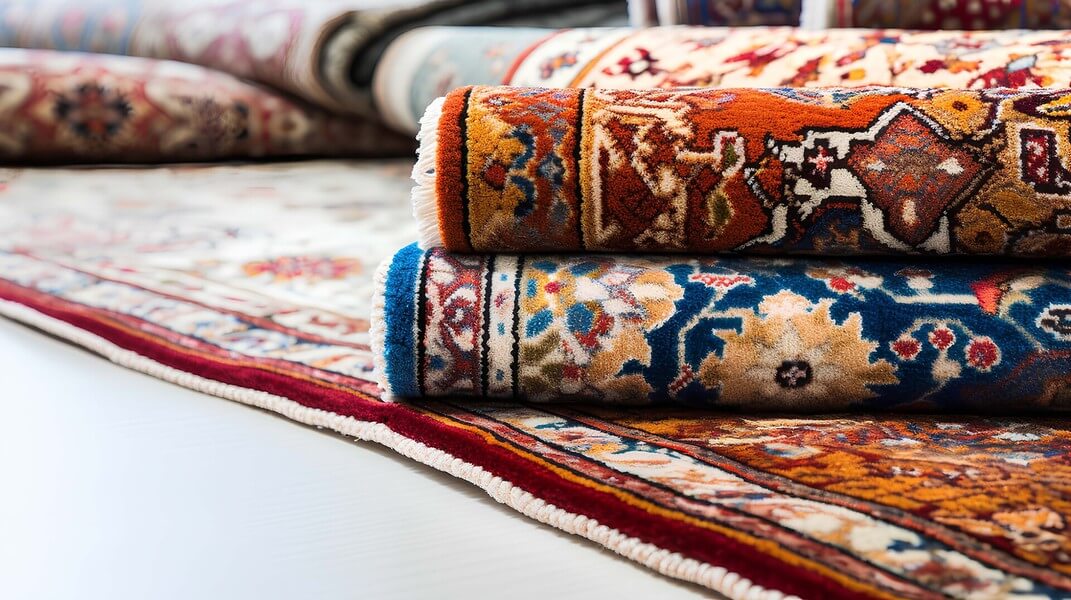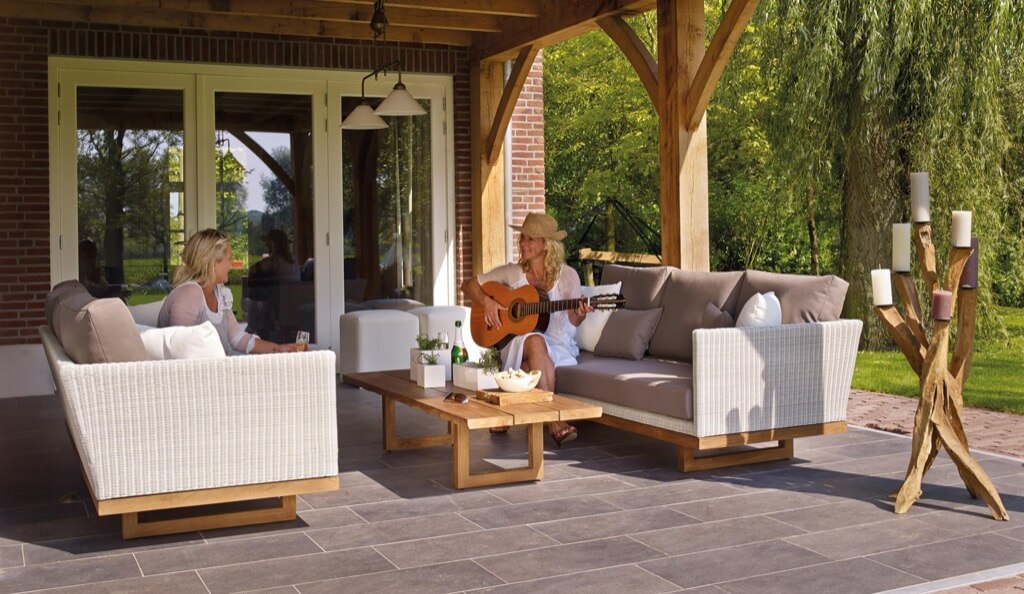Vintage furniture holds a distinct allure, weaving tales of eras gone by into modern spaces. As you embark on the journey of incorporating these cherished pieces into your contemporary setting, the debate unfurls: are they truly timeless gems or perhaps, overrated relics of the past?
Balancing the Old with the New: Your Personal Aesthetic
In the realm of interior design, juxtaposing vintage furniture with modern elements offers a unique visual tapestry. The interplay of sleek lines against ornate carvings can infuse a room with character and depth. Consider your personal aesthetic – do you resonate more with the clean, minimalistic lines of today, or do you find the intricate details of yesteryears to be a testament to craftsmanship?
Practicality Meets Aesthetic: The Dual Role of Vintage Pieces
When evaluating the value of antique furniture in modern settings, functionality cannot be overlooked. Beyond their aesthetic appeal, vintage pieces often boast sturdy construction and enduring materials. Yet, it’s crucial to weigh this against their adaptability to contemporary needs. How seamlessly can that charming armoire or ornate dressing table meld into your daily life?
Economic Considerations: Investing in Timeless Pieces
Antique furniture can be a testament to investment in quality. While modern pieces may come and go, well-crafted vintage items tend to stand the test of time. However, it’s vital to approach this from a practical standpoint. Consider the initial investment, potential restoration costs, and the potential for future appreciation.
The Sentimental Value: Nostalgia and Personal Connection
Every vintage piece carries a story, whether known or hidden, within its grain. Owning and cherishing these items can evoke a deep sense of connection to the past. A worn armchair may hold memories of shared conversations, while a weathered table might echo with laughter and gatherings of generations before. The question becomes, how do you place a value on such sentimentality in your living space?
Sustainability and Environmental Impact
In a world increasingly conscious of its ecological footprint, the sustainability factor plays a pivotal role. Opting for vintage furniture promotes the reutilization of existing resources, reducing the demand for new production. This, in turn, aligns with a more environmentally conscious lifestyle.
Vintage furniture holds a distinct allure, weaving tales of eras gone by into modern spaces. As you embark on the journey of incorporating these cherished pieces into your contemporary setting, the debate unfurls: are they truly timeless gems or perhaps, overrated relics of the past?
Balancing the Old with the New: Your Personal Aesthetic
In the realm of interior design, juxtaposing vintage furniture with modern elements offers a unique visual tapestry. The interplay of sleek lines against ornate carvings can infuse a room with character and depth. Consider your personal aesthetic – do you resonate more with the clean, minimalistic lines of today, or do you find the intricate details of yesteryears to be a testament to craftsmanship?
Practicality Meets Aesthetic: The Dual Role of Vintage Pieces
When evaluating the value of antique furniture in modern settings, functionality cannot be overlooked. Beyond their aesthetic appeal, vintage pieces often boast sturdy construction and enduring materials. Yet, it’s crucial to weigh this against their adaptability to contemporary needs. How seamlessly can that charming armoire or ornate dressing table meld into your daily life?
Economic Considerations: Investing in Timeless Pieces
Antique furniture can be a testament to investment in quality. While modern pieces may come and go, well-crafted vintage items tend to stand the test of time. However, it’s vital to approach this from a practical standpoint. Consider the initial investment, potential restoration costs, and the potential for future appreciation.
The Sentimental Value: Nostalgia and Personal Connection
Every vintage piece carries a story, whether known or hidden, within its grain. Owning and cherishing these items can evoke a deep sense of connection to the past. A worn armchair may hold memories of shared conversations, while a weathered table might echo with laughter and gatherings of generations before. The question becomes, how do you place a value on such sentimentality in your living space?
Sustainability and Environmental Impact
In a world increasingly conscious of its ecological footprint, the sustainability factor plays a pivotal role. Opting for vintage furniture promotes the reutilization of existing resources, reducing the demand for new production. This, in turn, aligns with a more environmentally conscious lifestyle.
Preserving Craftsmanship and History
Antique furniture possesses a level of craftsmanship that often surpasses contemporary pieces. These items are a testament to the skill and artistry of generations past, displaying intricate woodwork, marquetry, and decorative flourishes that have become increasingly rare in mass-produced modern furniture. By incorporating antique pieces into a modern setting, you not only infuse the space with a sense of history but also preserve the legacy of exceptional craftsmanship.
Unique Aesthetic and Character
Each antique piece carries a distinctive charm and character that is impossible to replicate with modern counterparts. The wear and patina on these items tell a story, bearing witness to the passage of time and generations of use. These imperfections, far from diminishing their value, add a layer of authenticity and depth to your living space. In a world where uniformity often reigns, antique pieces stand as unique, one-of-a-kind treasures.
Creating a Harmonious Fusion
Blending antique furniture with modern elements allows for a dynamic interplay of styles, creating a visually engaging and harmonious environment. The contrast between the clean lines of contemporary design and the ornate details of antique pieces can breathe life and character into a room. This fusion enables you to curate a space that feels layered, curated, and rich with diverse influences.
Investment Value and Potential Appreciation
Antique furniture, when chosen wisely, can be a sound investment. Unlike mass-produced modern pieces, well-preserved antiques often appreciate in value over time. They carry a certain cachet and historical significance that can lead to an increase in worth, making them not only functional but also potentially lucrative assets. However, it’s crucial to approach this with careful consideration, as not all antiques appreciate equally, and trends in the market can fluctuate.
Adaptability to Modern Living Needs
While antique furniture holds undeniable aesthetic and historical value, it’s essential to evaluate its practicality in the context of modern living. Some antique pieces may require restoration or modification to suit contemporary needs. Consider factors such as size, functionality, and compatibility with your lifestyle. Additionally, be prepared for potential maintenance and care requirements, as older pieces may demand more attention than their modern counterparts.
Potential Cost Considerations
Acquiring antique furniture can range from relatively affordable to exorbitantly expensive, depending on factors like rarity, age, condition, and provenance. While well-chosen antique pieces can be worthwhile investments, it’s crucial to set a budget and conduct thorough research. This ensures that you strike a balance between acquiring valuable, unique items and staying within your financial means.
If you’re as passionate about preserving craftsmanship and embracing history as we are, we invite you to join the conversation. Share your insights, questions, and experiences with us through the contact form below. Let’s embark on this journey together, exploring the enduring charm of vintage furniture in today’s world.




